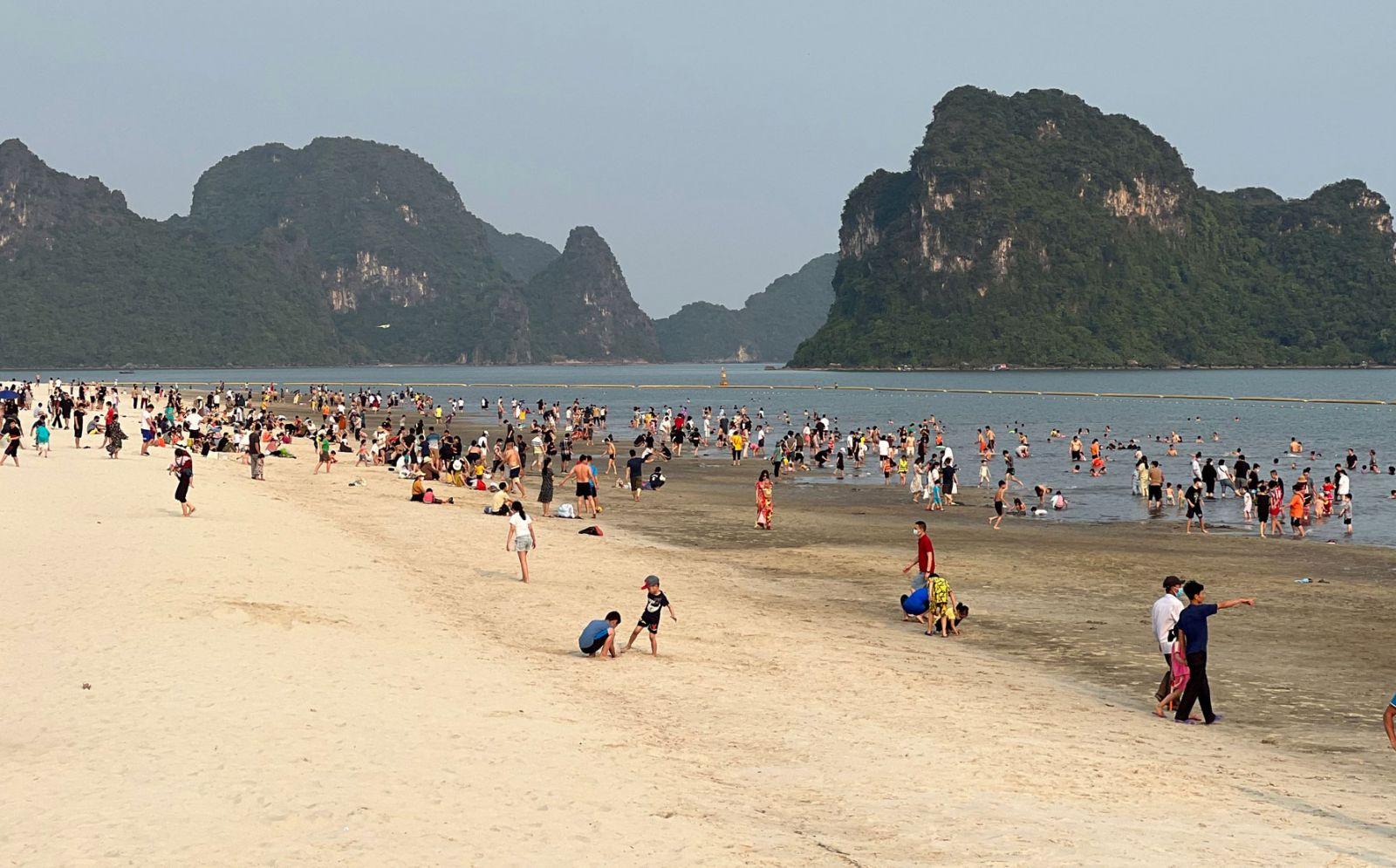Vietnam at a glance: Optimism continues
Vietnam is clearly benefiting from its re-opening strategy; inflationary pressures are currently manageable.

Since Vietnam’s announcement to re-open its border on March 15, 2022, the country has seen some imminent benefits of returning tourism.
Vietnam’s inflation pressure remains low in ASEAN. Headline inflation rose only 0.2% m-o-m, translating into an equally modest y-o-y growth of 2.6%, in line with market expectations. This is largely thanks to lower transport costs, partly due to a pull-back in global oil prices in April, and partly driven by a cut in its environmental tax.
Since 1 April, the environmental tax, the largest of all taxes and fees on fuel, has been cut to VND2,000 on gasoline and VND700-1,000 on other fuels. Meanwhile, food costs also fell 0.1% m-o-m, suggesting stable domestic agricultural prices compared to regional peers who have been facing higher food prices.
Indeed, core items are the main drivers. There was a broad-based price increase across key categories, such as education, services, and retail sales. In particular, costs for "housing and construction materials’ saw a 0.6% m-o-m increase, reflecting higher utility costs and rents, as migrant workers continue to return to cities. HSBC's analysts expect Vietnam's inflation to rise 3.7% in 2022 as local demand continues to recover and global commodity prices will likely remain elevated. This means that price pressure will likely remain below the SBV’s 4% inflation ceiling.
Since Vietnam’s announcement to re-open its border on March 15, 2022, the country has seen some imminent benefits of returning tourism. It welcomed 100,000 tourists in April, three times as much as in March. According to Destination Insights with Google, Vietnam, along with the Philippines, are the only Asian countries in the top 10 with the highest growth in demand for tourism in April. Tourists from Europe (19%), South Korea (14%) and the US (13%) accounted for half of total tourist arrivals.
"While it is a positive step, the road to recovery will be a lengthy one. For one, the lack of Chinese tourists, who made up 30% of Vietnam’s tourists in 2019, is the elephant in the room. Meanwhile, the competition in ASEAN is also a fierce one. After grand border re-openings in the region, countries, such as Singapore and Thailand, have pushed for easing travel procedures by scrapping testing requirements," HSBC’s analysts said.
Outside of tourism, in HSBC’s view, domestic demand is also set on a strong footing, thanks to the easing of local restrictions. After a small pull-back in 1Q22, mobility has finally exceeded pre-pandemic levels since early April (Chart 10). The improvement has undoubtedly led to a continued recovery in retail sales, which rose 5.8% y-o-y in April. Not only were goods up 2% year on year, but services and tourism spending were up 7% year on year, indicating a promising start to the services recovery.








